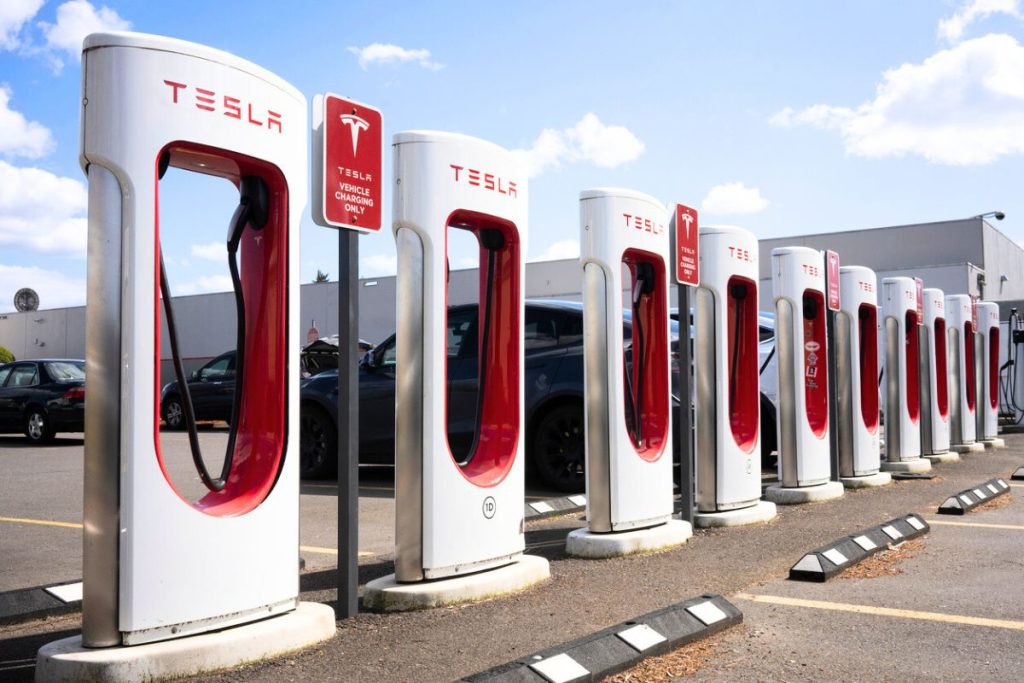For years, Elon Musk has painted a vivid picture of a future where Tesla vehicles drive themselves, no hands required. That vision has been central not just to Tesla’s brand identity, but also to its stock value and global ambitions. But now, in a rare public admission, Musk has acknowledged a major misstep: many Teslas won’t achieve full autonomy without a hardware upgrade—a costly and complex endeavor.
A Costly Admission from the Top
During a recent earnings call, Musk confirmed that cars equipped with Hardware 3, the computer system installed in Teslas sold between 2019 and 2023, will require new components to run Full Self-Driving (FSD) without supervision. His words were unambiguous: “We’ll need to upgrade those systems. It’s going to be painful and difficult, but we’ll make it happen.”
That statement sent ripples through the tech and automotive world—not just for what it revealed about Tesla’s current capabilities, but for what it said about promises made in the past. Musk had long claimed that Teslas were essentially future-proof: owners were led to believe that autonomous driving would arrive via a simple software update. Now, it’s clear that hardware limitations stand in the way.
The Long Road to Autonomy
Back in 2016, Tesla boasted that every vehicle it produced from that point on would be equipped with everything necessary for full self-driving—all it needed was time, data, and software updates. That claim became a cornerstone of the brand’s marketing and, crucially, its valuation. Yet, almost a decade later, the reality hasn’t matched the hype.
Tesla’s journey from Hardware 2.0 to Hardware 2.5, and eventually Hardware 3, reflects an ongoing struggle to keep pace with the ambitious goals Musk set. Despite repeated updates and the introduction of supervised Full Self-Driving capabilities, none of these iterations could fully deliver on the promise of hands-free autonomy.
With the rollout of Hardware 4, current Tesla models are equipped with a more advanced computer system. But owners of cars running on Hardware 3 are left wondering: Was the Full Self-Driving upgrade we paid for ever really possible?
Musk’s Mixed Track Record on Tech Predictions
Elon Musk has never shied away from bold proclamations—many of which have driven Tesla’s image as a disruptive tech powerhouse. But the flip side of that boldness is a history of missed deadlines and overstated capabilities. From promises about robotaxis to claims of “complete autonomy by next year,” Musk’s timeline has repeatedly shifted.
Critics have long questioned the safety and feasibility of Tesla’s FSD systems, especially as U.S. regulators and safety experts scrutinize the technology’s real-world performance. Some of Musk’s harshest pushback has come from those who argue that overpromising autonomy puts lives at risk. Until now, Tesla has pushed back hard. But this latest concession suggests even the company knows its original assumptions were flawed.
A Turning Point for Tesla?
Despite the admission, Musk maintains that 2025 could be Tesla’s most important year yet, hinting at future breakthroughs. But the timing is challenging. Tesla is facing increased competition from Chinese automaker BYD, which has now taken the lead in global EV sales—a symbolic blow to Musk’s once-undisputed dominance.
Meanwhile, Tesla’s stock has felt the sting of investor uncertainty. After all, when one of the company’s most visionary claims starts to unravel, confidence takes a hit.
Still, Tesla’s innovation engine is far from idle. The company continues to develop new models and improve battery efficiency. But the lesson here is clear: selling the future is easy—delivering it takes a lot more than software updates.
Looking Ahead
The big question now is how Tesla handles the logistical and financial burden of upgrading thousands—if not millions—of vehicles. Owners who paid extra for Full Self-Driving based on Musk’s promises are watching closely, hoping that their investment wasn’t in vain.
In an industry where trust is currency, transparency might be Tesla’s only way forward. And if there’s one thing this moment proves, it’s that even tech visionaries can miscalculate.
The road to autonomy is still open—but it’s going to be bumpier and pricier than many expected.



